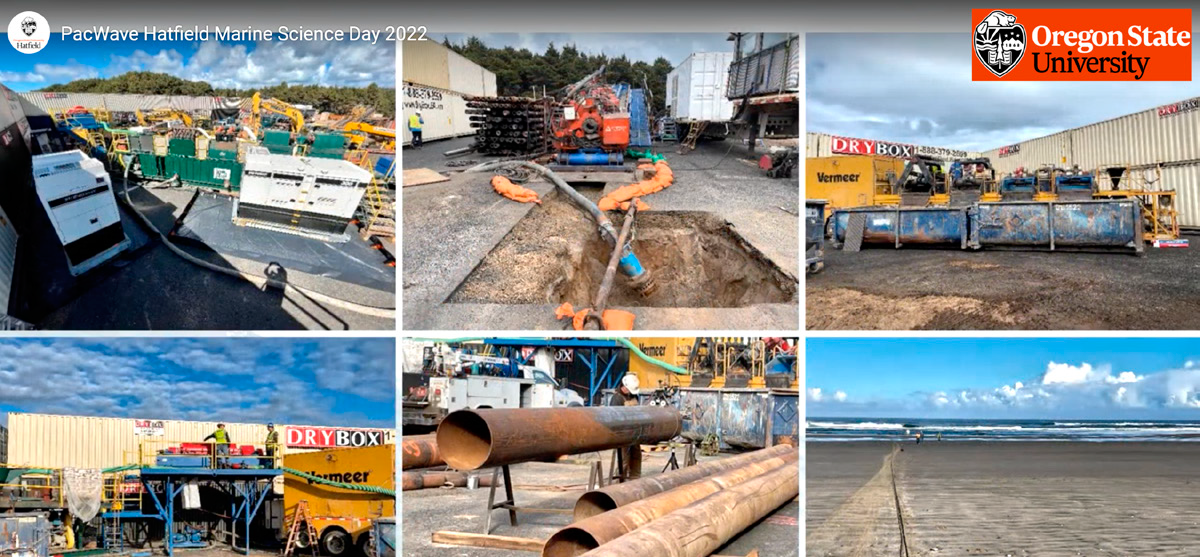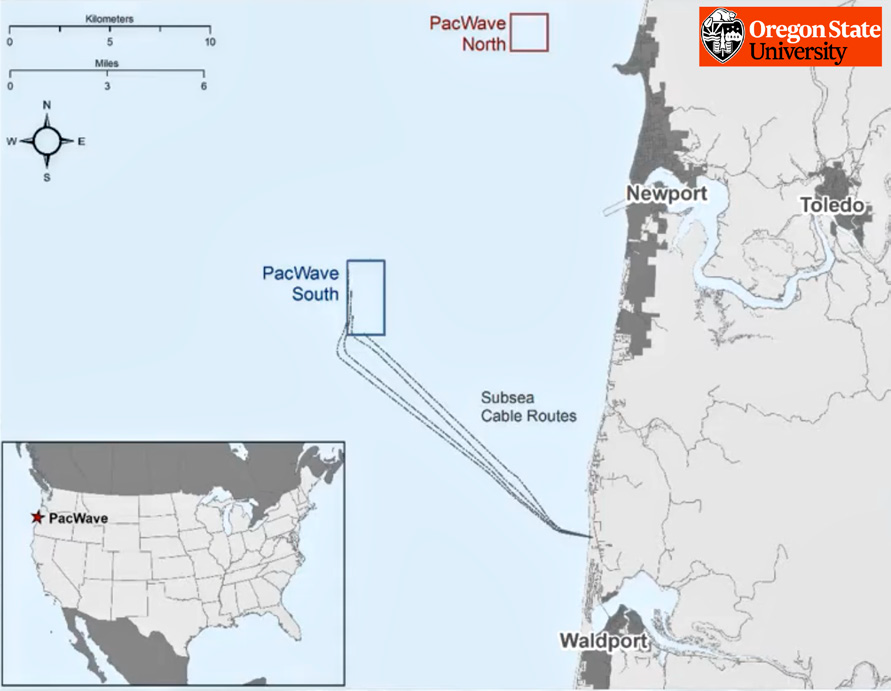The Earth is embraced by its oceans and seas. And so are we. We depend on them for more than half of the oxygen we breathe.

Ocean currents shape the slow march of climate and the daily changes of our weather. Scientists estimate that waves washing up on America’s coastline contain enough to meet the power needs of two-thirds of its homes and businesses. The world needs that power. Experts believe the world will need 50 percent more energy by the year 2050 than currently required today. To protect our planet, much more of that energy needs to come from renewable sources.
A Long Road To Wave Power
Capturing that power from the sea is difficult. Inventors and engineers have been trying to generate electricity from the waves for more than 200 years — and no solution has ever gone beyond testing ideas or small-scale projects. Why is it so hard? Salt water corrodes metal. The up-and-down, back-and-forth motion of waves breaks moving parts. And stormy seas can wreck any but the strongest structures.
The Promise Of PacWave
To speed progress, Oregon State University used funding from the U.S. Energy Department to build two unique testing platforms for wave and tidal energy systems.
Called PacWave, they provide test beds connected by undersea cables to the onshore electrical grid.
Dozens of undersea energy converters can be tested simultaneously. This is the world’s first, low-cost, high-performance facility for testing ocean energy. However, to test systems, one needs to know what the ocean is up to, hour by hour — the temperatures, winds, wave patterns, tidal flows and ocean currents.

By matching that information to the test data, engineers gain invaluable data on each system being tested.
They can then diagnose problems and find solutions. That flow of data turns guesswork into ever-growing knowledge.
Tracking By Satellite
The vital data for PacWave comes from the sea by way of the sky.The university has placed buoys across the region where the platforms operate. Each platform is equipped with temperature, motion and other sensors.

Oregon State University PacWave sensor locations
They are also equipped with Globalstar’s SmartOne Solar devices — small, rugged satellite transmiters that are charged by sunlight and can operate for as much as 10 years. Using an online system called SPOT My Globalstar, PacWave researchers can find the location of each buoy, import data as well as receive alerts if a buoy drifts away.
Off the Oregon coast, the waves roll in and the tides rise and fall. The stream of data, beamed up to Globalstar satellites and back to Earth, is helping innovators test their ideas faster than ever before to learn what fails and why, and what might work tomorrow.
Two centuries after the first attempts, scientists are discovering how ocean energy may, at long last, start to contribute to the Earth’s sustainable energy future.

Produced for SatMagazine by Space & Satellite Professionals International.
See more stories and videos of satellite making a better world at www.bettersatelliteworld.com.
Opening wave + PacWave imagery is courtesy of Oregon State University Hatfield Marine Science Center


